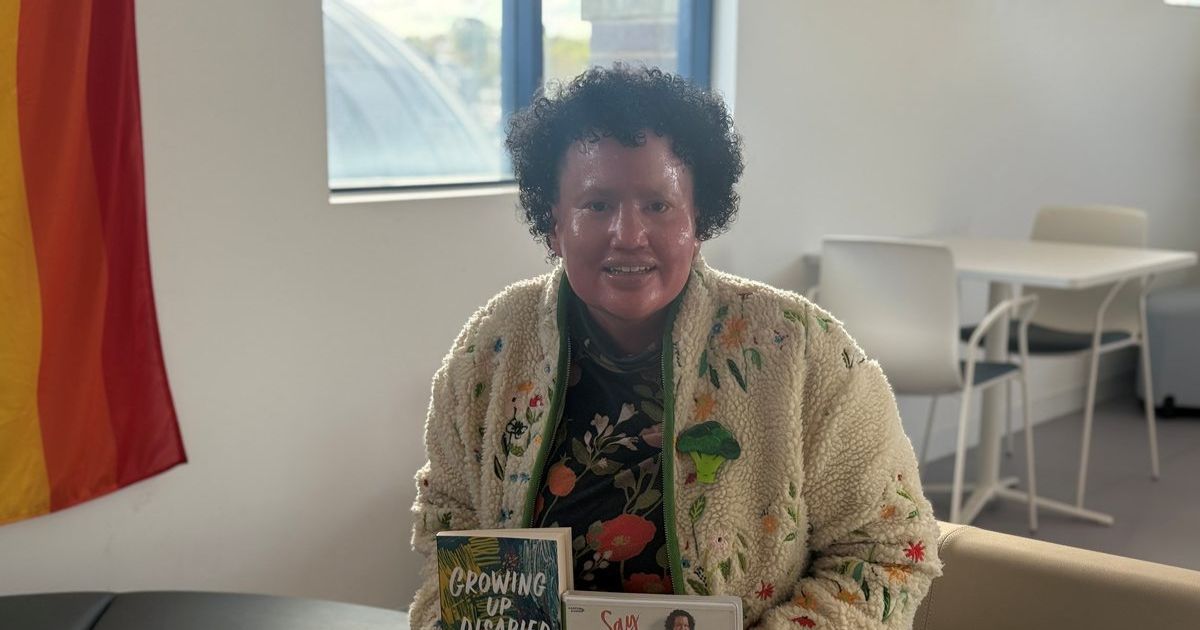From the desk of Roland Rocchiccioli – 1 August

More protection required: Threatened sawfish sharks in the Gulf of Carpentaria often fall victim to gillnets. Photo: SUPPLIED

Australia has, since the arrival of the First Fleet, 1788, one of the world’s most dubious records for environmental vandalism – including third world countries.
THE record of destruction is atrocious by any standard of reckoning, but still we blunder-on, regardless! You have to wonder if governments care if some possum, parrot, or fish disappears, forever?
In the 231-years since white colonisation, the extensive clearing of native vegetation (in many instances replacing it with invasive European varieties), has devastated natural habitats. With its purple flowers, the imported Paterson’s curse is one of the most conspicuous weeds. Planted in the 1880s by the Paterson family of Cumberoona, New South Wales, it now covers millions of hectares from WA to northern New South Wales, and costs our sheep and cattle producers around $250 million annually through lost productivity, including wool contamination.
Australia’s white colonisation is accountable for hundreds of species becoming extinct, including at least 50 birds and mammals, four frogs, and more than 60 plant species. Undoubtedly, other species have disappeared, too, without our knowledge, or concern. Many others are considered to be threatened. Australian Government legislation has listed as critically endangered, endangered, or vulnerable, some 310 species of native animals, and more than 1180 species of native plants. It is a sobering thought!
Animals introduced for agricultural activities contribute to the economic development of Australia but also cause significant damage. Australia had no cloven-hoofed creatures. Imported rabbits, goats, cattle, cats, buffalo, pigs, donkeys, horses and camels, and which have become established in the wild, have devastated huge tracts of land: compacting the soil and preventing the regeneration of vegetation, and contributing to erosion. Many imported animals compete with native species for food, shelter and breeding sites. Australian Wildlife Conservancy believe a single feral cat will kill up to six native reptiles and mammals in a single night. Cumulatively, feral cats kill almost six billion reptiles each year, and more than two billion birds. The introduced cane toad is wreaking havoc.
Thirty Great Barrier Reef hammerhead sharks exported to a French aquarium over an eight-year period, have died in captivity. The Australian Government claims no knowledge of their fate. Curiously, the government’s independent threatened species scientific committee has identified the scalloped hammerhead as being eligible for an endangered listing in Australian waters; however, former environment minister, Josh Frydenberg, listed the shark as ‘conservation dependent’ – a loophole, and a farce. It exists so bureaucrats can claim a protective listing and continue commercial exploitation, notwithstanding the species could become vulnerable, endangered, or critically endangered, within a period of five years.
The Gulf of Carpentaria is one of the last global strongholds for the threatened sawfish and speartooth sharks. Unlike most sharks and rays, they spend their early years in tidal rivers before heading-out to sea. The Gulf is home to four of the world’s five species of sawfish, and one of the world’s three species of river sharks; however, as speartooth sharks and sawfish cruise the rivers, or venture out to sea, invisible hanging gillnets entangle, and drown them. The Queensland Government is aware, but failing to protect them. Of all the sea’s sharks and rays, sawfish face the highest risk of extinction. They’ve already disappeared from half of their global range, on the east coast of Australia are almost wiped-out. Scientists estimate there’s about 800 left with as few as 100 females.
Human activity, together with fire, drought, and flood, continues to change Australia’s ecology and threatens the survival of many native species. Conversation is a national, not a global, problem. To save the planet requires the commitment of everyone.
You don’t have time? Not interested? Don’t worry. Future generations will able to look at extinct flora and fauna in special picture books!
Roland can be contacted on [email protected] and heard every Monday morning – 10.30 – on radio 3BA.


















